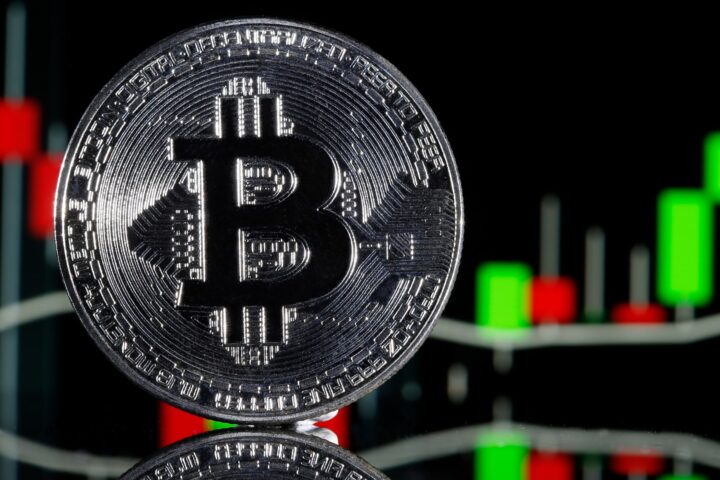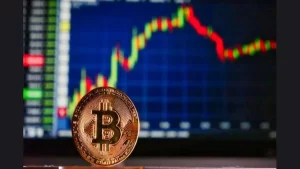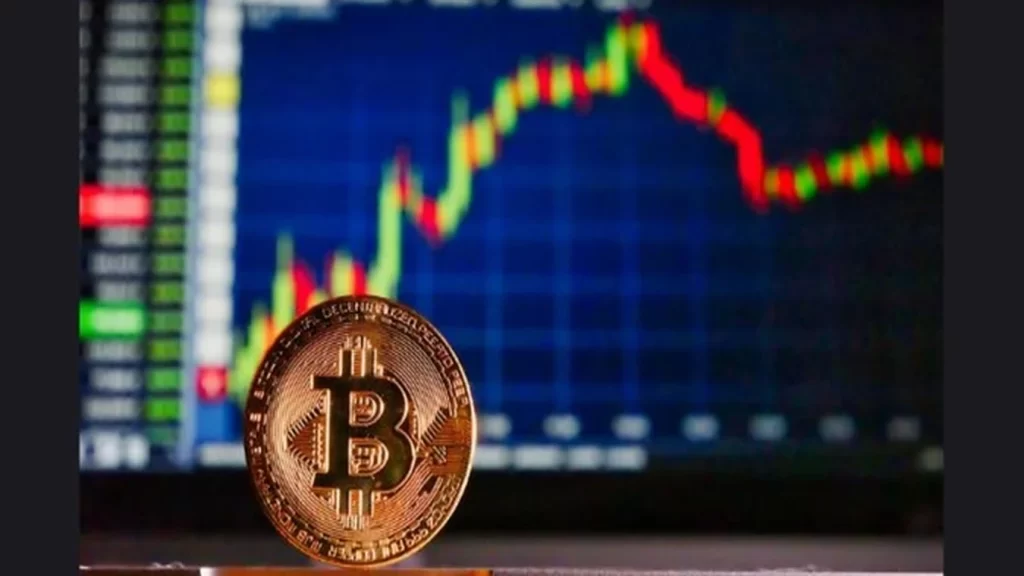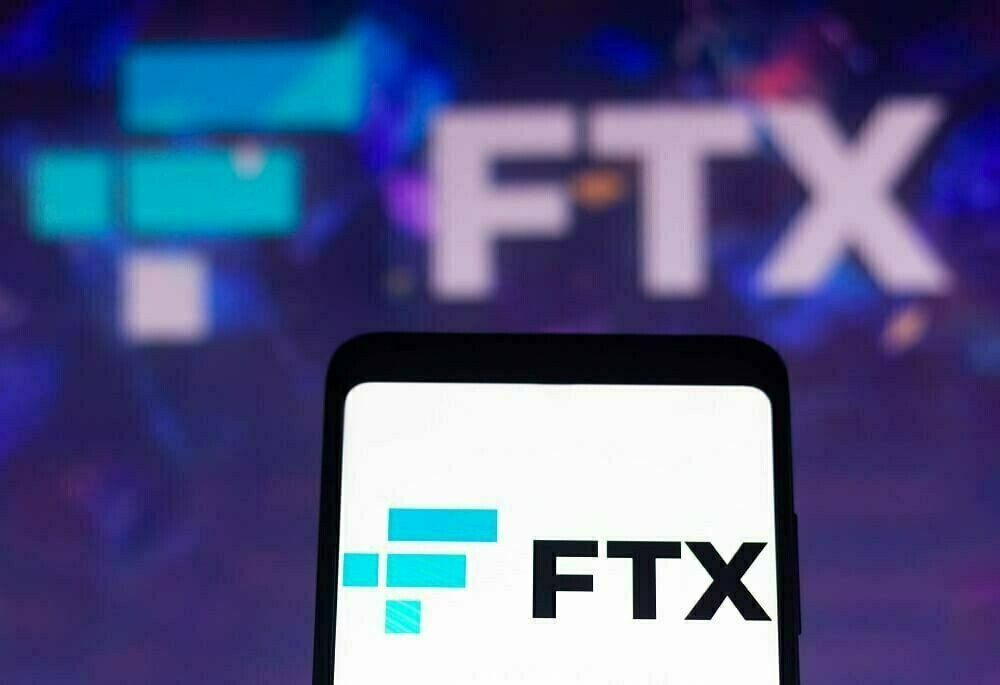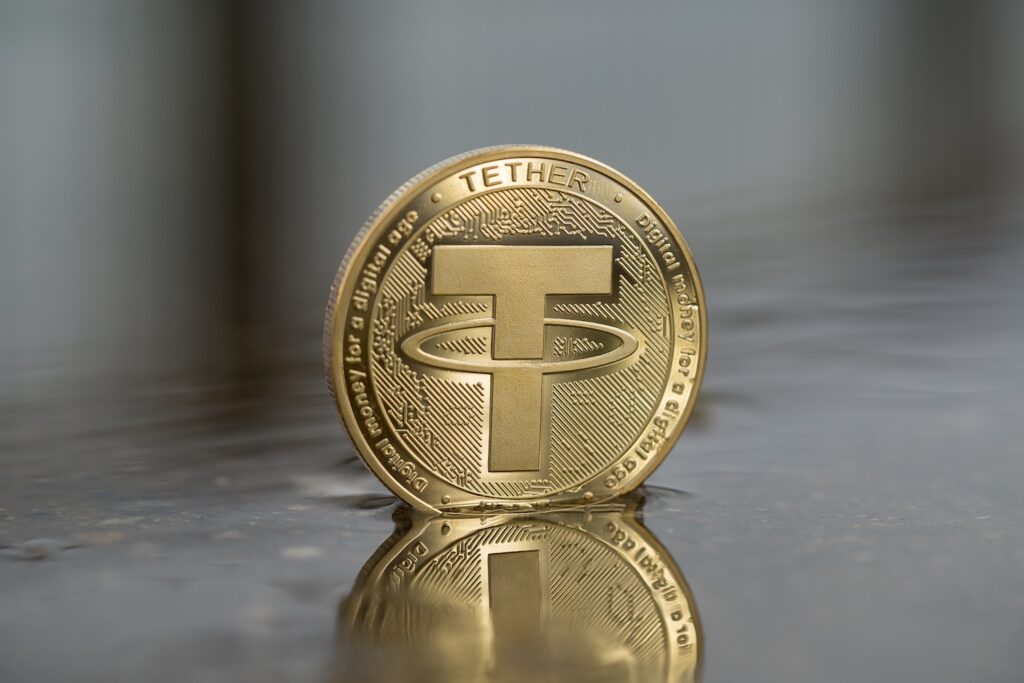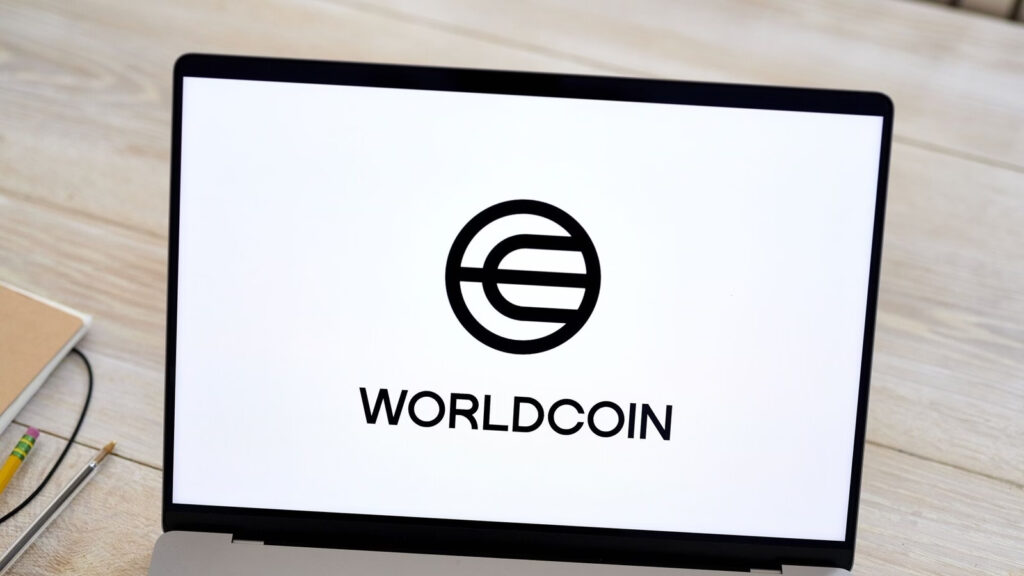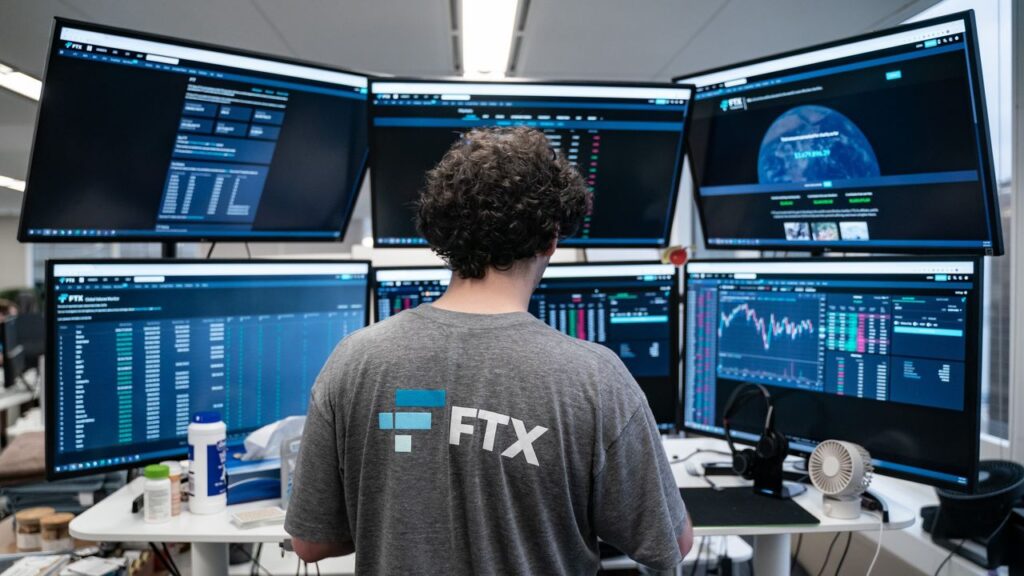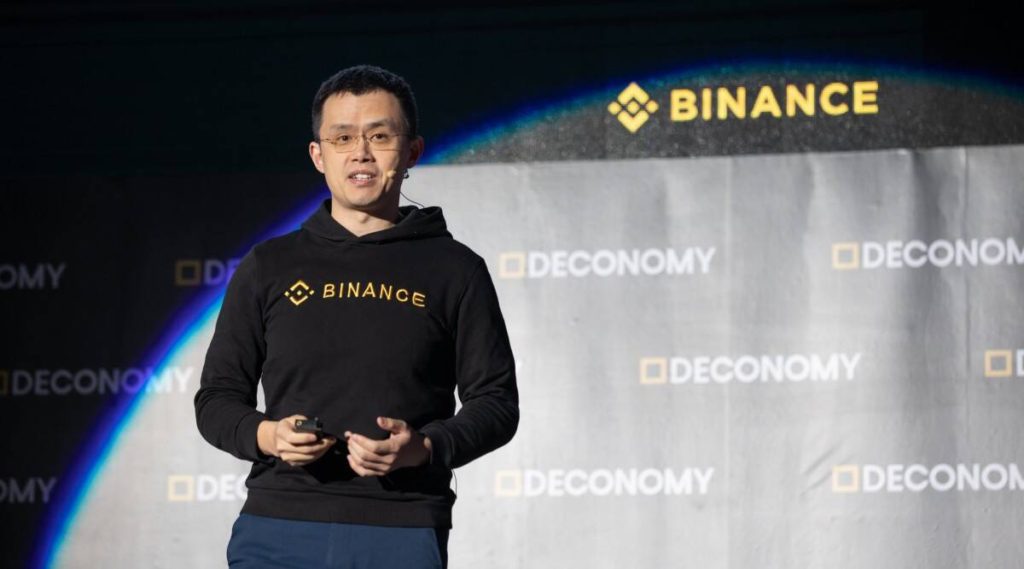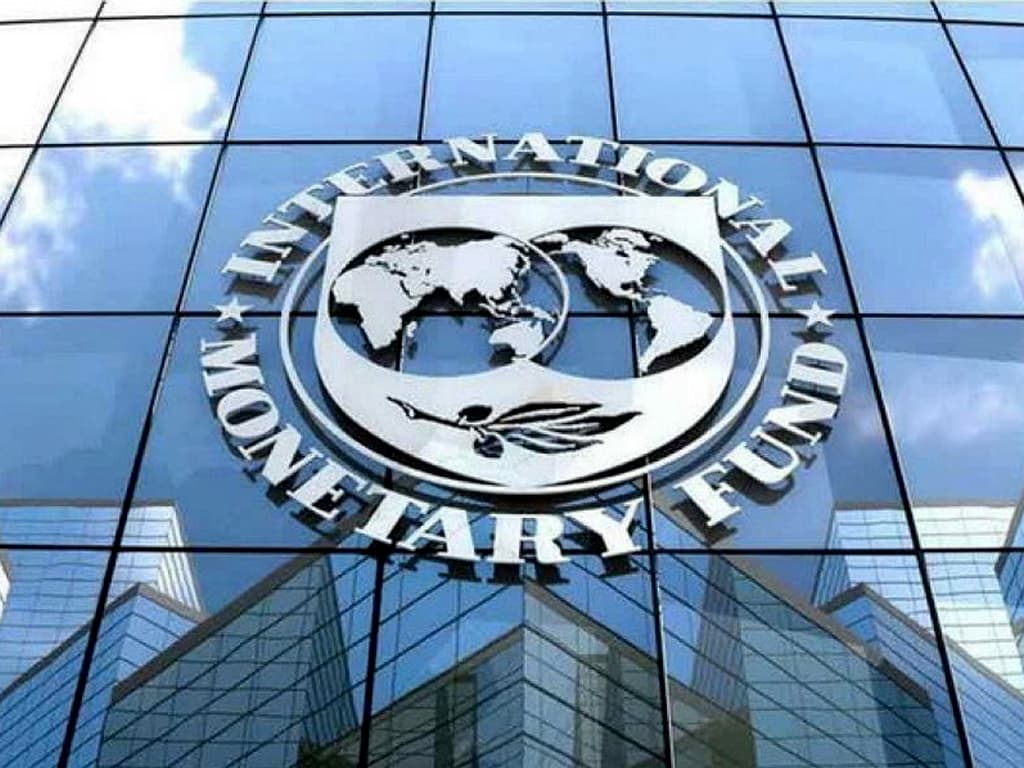Binance co-founder and CEO, Changpeng “CZ” Zhao, has experienced a significant reduction in his net worth, amounting to a staggering $11.9 billion, largely attributed to declining trading volumes on the Binance exchange.
On October 26, the Bloomberg Billionaires Index revised down Binance’s revenue estimates by 38% due to a slump in exchange volumes, causing Zhao’s ranking on the list of the world’s wealthiest individuals to plummet to the 95th position.
Zhao’s current net worth stands at $17.3 billion, marking an astonishing 82% decline from its peak of $96.9 billion in January 2022, when he held the 11th position on the global rich list.
The decline in Zhao’s wealth correlates with the downturn in the cryptocurrency market, where Binance played a significant role.
Bloomberg’s index calculated Binance’s revenues by analyzing data from crypto data aggregators CoinGecko and Coinpaprika, focusing on spot and derivatives trading.
Notably, Binance’s spot trading market share experienced a continuous decline for seven consecutive months, plummeting to 34.3% as of September, compared to over 55% in January.
This decline in trading volumes was also observed at Binance.US, the United States-based arm of the exchange.
READ MORE: $1M Crypto Drop: Celebrate BetFury’s 4th Anniversary
Zhao’s financial setbacks have been further exacerbated by legal challenges.
The U.S. Securities and Exchange Commission (SEC) and the Commodity Futures Trading Commission (CFTC) both filed lawsuits against Zhao, Binance, and Binance.US.
The SEC accused the exchanges of operating illegally, selling unregistered securities, and mishandling customer assets, designating Zhao as the “controlling person.”
Meanwhile, the CFTC alleged that Binance failed to properly register with the regulator. In response, Zhao and Binance have vehemently denied these allegations and are actively seeking to dismiss both lawsuits.
Comparatively, the decline in Zhao’s wealth is reminiscent of his former rival, Sam Bankman-Fried, who faced a massive loss of his $16-billion fortune in November 2022.
This financial crisis was triggered by CZ’s announcement that Binance was selling its FTX Token (FTT) holdings, prompting a rush of withdrawals from FTX.
Although Zhao initially attempted to acquire FTX, he withdrew from the deal within 48 hours.
Bankman-Fried, on the other hand, found himself in the midst of a criminal trial, where he has pleaded not guilty to two counts of fraud and five counts of conspiracy, underscoring the tumultuous nature of the cryptocurrency industry.
Google searches for “buy Bitcoin” have experienced a global surge amidst a significant crypto rally, with the United Kingdom witnessing an astounding 826% increase in searches over the past week, according to research by Cryptogambling.tv.
This remarkable surge in the UK, coupled with the cryptocurrency’s resurgence, reflects the growing interest and potential impact of traditional financial institutions’ engagement in digital assets.
While the UK led the way in this search frenzy, a notable rise in Bitcoin-related queries was observed worldwide.
In the United States, searches for “should I buy Bitcoin now?” spiked by over 250%, and more niche inquiries like “can I buy Bitcoin on Fidelity?” saw an astonishing 3,100% surge in the past week.
A broader perspective reveals that the global search term “Is it a good time to buy Bitcoin?” witnessed a 110% increase.
READ MORE: FTX Pursues Investigation into $6.5 Million Payments to AI Safety Nonprofit CAIS Amid Bankruptcy
Concurrently, searches for “BlackRock Bitcoin ETF” soared by 250%, indicative of widespread enthusiasm for information related to BlackRock’s pending spot Bitcoin exchange-traded fund (ETF).
This sudden surge in interest coincides with a sharp increase in Bitcoin’s price over the past fortnight, briefly exceeding $35,000 on October 24, marking its first climb to such heights since May 2022.
This excitement appears closely tied to the anticipation of a spot Bitcoin ETF’s approval, a development that many experts believe will trigger a fresh wave of institutional buying.
Senior ETF analysts Eric Balchunas and James Seyffart have expressed confidence in a 90% probability of approval by January 10, 2024.
Notably, at the time of this report’s publication, Bitcoin has gained over 27% in value over the past two weeks, as per TradingView price data.
In conclusion, Google searches for “buy Bitcoin” have surged dramatically, highlighting the global interest in cryptocurrency, especially in the United Kingdom.
This fervor is intertwined with the recent uptick in Bitcoin’s price and the anticipation of a spot Bitcoin ETF’s approval, indicating a shifting landscape in the world of digital assets and traditional financial institutions’ increasing involvement.
Nym Technologies, a leading blockchain privacy firm, is taking a bold step forward in bolstering the security-focused infrastructure of the decentralized internet.
The company recently unveiled the Nym Innovation Fund, a substantial $300 million funding initiative with the primary goal of providing financial backing to projects dedicated to enhancing privacy within the Web3 ecosystem.
This ambitious endeavor has attracted investment from prominent venture capitalists like Polychain, KR1, Huobi Incubator, and Eden Block.
Their collaboration with Nym Technologies underscores the industry’s recognition of the critical importance of privacy in preserving the integrity of a decentralized internet and avoiding the pitfalls associated with the previous Web2 generation.
Harry Halpin, co-founder, and CEO of Nym Technologies, emphasized the central role of privacy in safeguarding the decentralized internet against censorship and other threats.
He expressed his optimism, stating, “This program will ensure the health of the privacy ecosystem but it will also advance the Web3 industry as a whole, providing mentorship and funding during this difficult macroeconomic climate.”
Halpin further revealed that prospective projects seeking funding would be considered both by Nym’s fund and its venture capital partners.
The selection process will involve Nym reviewing the applications and then presenting suitable candidates to the investors, who will decide the amount of funding to allocate.
READ MORE: Ripple’s Legal Victory: Slim Odds for SEC’s Appeal in Ongoing Lawsuit
The Nym Innovation Fund is slated to kick off in November 2023, with an initial focus on projects related to Web3 wallets and applications designed to store private keys and manage access to decentralized applications (DApps).
Additionally, the fund aims to support remote procedure call (RPC) protocols capable of interacting with blockchain networks and facilitating transactions for DApps.
Furthermore, it will provide backing to public good services, including essential resources, tools, infrastructure, and open-source projects.
Complementing the Innovation Fund is the launch of the Nym Grants program.
This initiative will extend additional funding opportunities to developers, offering mentorship, marketing support, community engagement, and operational guidance.
Lior Messika, managing partner at Eden Block, emphasized their commitment to supporting builders and entrepreneurs within the Nym ecosystem.
He highlighted the significance of Nym’s core technology in enabling various applications and privacy use cases, reaffirming Eden Block’s dedication to supporting the fund’s mission.
The Nym Innovation Fund and Nym Grants program share a common mission: prioritizing projects and services that enhance user privacy, promote open-source collaboration, and engage the community in shaping the future of a more secure and private Web3 ecosystem.
Other Stories:
Cryptocurrency Lawyer John Deaton Questions Lightning Network’s Security Amidst Growing Concerns
Uniswap Founder Burns 99% of HAY Token Supply, Shaking Crypto Markets
Fight Me: Triumphia Origins NFTs mint out in under 2 minutes ahead of the Fight Me game launch
The market for FTX creditor claims is experiencing a surge in activity, with some claims now fetching prices exceeding 50 cents on the dollar.
Thomas Braziel, a partner at 117 Partners, a firm specializing in crypto bankruptcy claims, revealed this development.
He disclosed that a recent claim worth over $20 million was sold for between 52 and 53 cents at an auction held on October 20th.
However, Braziel pointed out that only the highest-quality claims command such prices.
Smaller claims in the range of $500,000 to $800,000 and above have also seen an uptick in value, trading between 30 and 40 cents.
Again, Braziel emphasized that these prices are reserved for the most pristine claims with the right buyer.
The increase in the value of creditor claims appears to be tied to recent clawback efforts by the bankrupt crypto exchange and capital-raising activities of a company in which it had invested.
In April 2022, Anthropic secured $580 million in a Series B funding round led by Sam Bankman-Fried, the former CEO of the now-defunct FTX.
Subsequently, Amazon announced a $4 billion investment in Anthropic on September 25th, potentially valuing the company at $30 billion.
This development could have a positive impact on FTX creditors, potentially making them whole.
READ MORE:Bitcoin Rockets to $30,000 Amidst Strong Market Sentiment
Despite the growing enthusiasm for FTX claims, Braziel cautioned that certain concerns, particularly related to KYC (Know Your Customer) and AML (Anti-Money Laundering) compliance, still needed to be addressed.
However, the overall trend of increasing claim valuations bodes well for creditors.
Braziel highlighted the significance of a settlement and plan support announced by the ad hoc committee of non-U.S. FTX customers on October 18th.
A key component of this amended support plan is the “shortfall claim,” which estimates that customers of FTX.com and FTX US would collectively receive 90% of distributable assets, with an estimated value of approximately $8.9 billion for FTX.com and $166 million for FTX US.
This development is particularly beneficial for trading firms seeking to sell their claims.
Since filing for Chapter 11 bankruptcy protection on November 11, 2022, the FTX Debtors’ estate, led by new CEO John Ray III, has undertaken various measures to recover lost assets.
These measures include selling FTX holdings and initiating significant clawbacks from other crypto firms and former-FTX seigniorage.
The market for FTX creditor claims is evolving rapidly, offering both challenges and opportunities for stakeholders in the crypto landscape.
Other Stories:
Ripple Scores Legal Victory, But LBRY’s Closure Raises Questions About SEC’s Approach
Former FTX CEO Sam Bankman-Fried Faces Legal Scrutiny Over Alleged $8 Billion Financial Discrepancy
Binance Expands Euro Services with New Fiat Partners Post-PaySafe Departure
A recent report by blockchain research firm Chainalysis suggests that the United States government’s regulatory oversight over the stablecoin market may be slipping away.
In their latest North America cryptocurrency report released on October 23, Chainalysis highlights a growing trend of stablecoin activity taking place outside the purview of U.S. regulatory authorities.
According to Chainalysis’ findings, there has been a significant shift in stablecoin inflows away from U.S.-licensed entities towards non-U.S.-licensed ones since the spring of 2023.
Specifically, as of June 2023, approximately 55% of stablecoin inflows into the top 50 cryptocurrency services were directed to non-U.S.-licensed exchanges.
This shift in stablecoin activity raises concerns about the diminishing ability of the U.S. government to effectively regulate the stablecoin market.
Concurrently, it means that U.S. consumers may be missing out on opportunities to engage with regulated stablecoins that offer greater protection and oversight.
Chainalysis notes that while U.S. entities played a pivotal role in legitimizing and nurturing the stablecoin market, an increasing number of cryptocurrency users are now conducting stablecoin-related activities through trading platforms and issuers headquartered abroad.
READ MORE:Cryptocurrency Lawyer John Deaton Questions Lightning Network’s Security Amidst Growing Concerns
This shift comes as U.S. lawmakers grapple with the complexities of regulating stablecoins.
Congress is still considering various bills, such as the Clarity for Payment Stablecoins Act and the Responsible Financial Innovation Act, without clear and finalized regulatory frameworks in place.
Despite the decline in licensed stablecoin activity within the United States, North America has become the largest cryptocurrency market.
Between July 2022 and June 2023, the region attracted an estimated $1.2 trillion in cryptocurrency transactions, representing 24.4% of the global transaction volume during this period.
This surge in North American cryptocurrency activity has surpassed the transaction volumes of Central, Northern, and Western Europe, which collectively received approximately $1 trillion.
In conclusion, the Chainalysis report highlights the shifting landscape of the stablecoin market, with regulatory oversight in the United States facing challenges as activity increasingly moves abroad.
It underscores the need for clear and effective regulations to ensure both consumer protection and the continued growth of the cryptocurrency industry in the United States.
Other Stories:
Ripple’s Legal Victory: Slim Odds for SEC’s Appeal in Ongoing Lawsuit
Fight Me: Triumphia Origins NFTs mint out in under 2 minutes ahead of the Fight Me game launch
Uniswap Founder Burns 99% of HAY Token Supply, Shaking Crypto Markets
Worldcoin, the cryptocurrency project known for its innovative use of eye-scanning technology, is making significant changes to its payment system for Orb Operators.
These operators, responsible for scanning people’s irises in exchange for Worldcoin (WLD) tokens, will no longer be compensated in USD Coin (USDC) starting next month, according to an announcement made on October 22.
This shift will impact most regions where the project operates.
Worldcoin views this transition as a crucial phase in its development, following its official launch on July 24.
A pilot program initiated by the Worldcoin Foundation on October 10 already began granting selected operators payment in WLD tokens, and it aims to complete this transition process by November 2023.
Notably, Worldcoin tokens are currently unavailable to individuals and companies residing in the United States and certain other restricted territories.
Data from Worldcoin’s official Dune Analytics dashboard reveals that the supply of WLD tokens has increased from approximately 100 million at launch to around 134 million at the time of this announcement.
READ MORE: Bitcoin Rockets to $30,000 Amidst Strong Market Sentiment
Out of the 134 million WLD tokens issued, 100 million were allocated as loans to market makers, while the remaining 34 million were distributed to Orb operators and new users through free user grants.
Five market-making entities received the initial 100 million WLD loans, originally set to expire on October 24, 2023.
However, Worldcoin has decided to extend the loan expiration date to December 15, reducing the amount to 75 million WLD.
The announcement states that market makers will either return or purchase the remaining 25 million WLD tokens as part of the agreement.
Worldcoin’s native WLD token experienced a rollercoaster ride in its price since its launch.
After reaching an all-time high of $2.65 on July 27, it witnessed a 63% drop, hitting as low as $0.97 on September 13.
As of now, the token is trading at $1.64, marking a slight recovery in recent weeks, as per TradingView data.
These developments mark a significant evolution in Worldcoin’s strategy as it continues to develop its cryptocurrency ecosystem.
Other Stories:
Ripple Scores Legal Victory, But LBRY’s Closure Raises Questions About SEC’s Approach
Former FTX CEO Sam Bankman-Fried Faces Legal Scrutiny Over Alleged $8 Billion Financial Discrepancy
Binance Expands Euro Services with New Fiat Partners Post-PaySafe Departure
FTX users have fallen victim to a withdrawal scam that has raised concerns within the community.
Sunil, a prominent advocate for FTX creditors, sounded the alarm on Twitter, cautioning FTX account holders to be wary of a phishing scam and advising them against clicking on suspicious links.
This incident sheds light on the ever-evolving tactics employed by online scammers to exploit unsuspecting victims.
Reports from FTX users have revealed that they received deceptive emails supposedly originating from FTX Trading, West Realm Shires Services, and FTX EU.
These fraudulent emails falsely promise FTX creditors an exclusive opportunity for immediate asset withdrawals, circumventing waiting periods and legal proceedings. One such email read:
“We are excited to offer the valued priority clients of FTX Trading Ltd., West Realm Shires Services Inc., and FTX EU Ltd., a special opportunity starting today, Oct. 20, 2023.
As a priority client, you can now undergo the withdrawal process for your assets on the FTX platform and deposit them directly into your wallet, eliminating any waiting period and court outcomes.”
These deceptive emails specifically target users who are eager to withdraw their assets amidst the ongoing legal disputes involving Sam Bankman-Fried, the former CEO of the exchange.
]This timing plays into the hands of scammers looking to capitalize on the uncertainty and impatience of FTX users involved in these disputes.
Notably, this scam emerged shortly after FTX creditors achieved a significant milestone by announcing the resolution of customer property disputes.
Pending approval from a bankruptcy court, the revised plan holds the promise of substantial relief for FTX’s global customer base.
According to the proposed plan, customers would be entitled to receive over 90% of the distributable value, potentially offering a much-needed reprieve for those affected by the exchange’s troubles.
In conclusion, FTX users are currently facing a withdrawal scam that preys on their eagerness to access their assets amidst ongoing legal complications.
It is essential for FTX account holders to exercise caution, avoid clicking on suspicious links, and verify the authenticity of any communication they receive from the exchange to protect themselves from falling victim to these malicious schemes.
Other Stories:
Binance Expands Euro Services with New Fiat Partners Post-PaySafe Departure
Prosecutors Seek to Disqualify ‘Effective Altruism’ as Defense in Sam Bankman-Fried’s Fraud Trial
Ripple Fuels Speculation of Potential IPO Amidst Legal Battles
In a recent court testimony on October 19, former FTX CEO Sam Bankman-Fried was alleged to have instructed his former general counsel, Can Sun, to find a legal explanation for the glaring $8 billion discrepancy in Alameda Research’s financial records.
Sun, who had flown from Japan as part of a non-prosecution agreement with the United States Department of Justice, disclosed this startling information during the ongoing trial.
Sun revealed that he became aware of the substantial financial hole between the two companies on November 7, when he received a spreadsheet detailing the debt.
He expressed his astonishment to the jurors, saying, “I was shocked.” The spreadsheet was initially intended for asset manager Apollo Capital, as FTX was seeking new funding during the tumultuous financial period of early November.
When Apollo Capital inquired about the $8 billion discrepancy, Bankman-Fried reportedly urged Sun to “come up with a legal justification.”
During his testimony, Sun admitted that he had explored various legal options, such as dormancy fees and collateral liquidations during the market downturn.
However, the missing funds were too substantial to be easily explained away. Moreover, FTX’s terms of service explicitly stated that users’ funds were not the property of FTX Trading.
This further complicated efforts to justify the discrepancy.
READ MORE: Ripple Fuels Speculation of Potential IPO Amidst Legal Battles
Sun claimed that Bankman-Fried appeared unfazed by the situation, while former engineering director Nishad Singh seemed deeply troubled by it.
On the same day, Sun learned from Singh about Alameda’s $65 billion line of credit with FTX. Following this revelation, Sun resigned from his position at the exchange, more than a year after joining.
During his tenure at FTX, Sun had relied on Bankman-Fried’s assurances that user funds were segregated, and he had produced legal documents for FTX while responding to inquiries from regulators.
Sun emphasized that he would never have approved such discrepancies.
The trial of Sam Bankman-Fried has been marked by a series of testimonies from witnesses, including Can Sun. Prosecutors are expected to conclude their case on October 26 after hearing from two more witnesses. It remains uncertain whether Bankman-Fried’s defense will present its case.
Bankman-Fried is facing seven counts of fraud and conspiracy to commit fraud in connection with FTX customers and investors.
If found guilty, he could potentially face a maximum sentence of 115 years in prison. The trial continues to unfold, and the legal community is closely following the developments.
Other Stories:
Coinbase’s Chief Legal Officer Urges Cryptosphere to Oppose Proposed U.S. Tax Regulations
Binance.US Shifts Withdrawal Options, Encourages Users to Convert USD to Crypto
Explosive Growth in Ethereum Liquid Staking Derivatives Finance (LSDFi) Ecosystem
Binance, the prominent cryptocurrency exchange, has recently revealed its new partners to facilitate euro-related transactions, marking a significant development in the aftermath of losing its previous fiat collaborator, PaySafe, in September.
In an announcement on October 19th, Binance disclosed that it had inked agreements with fresh fiat partners to manage euro-based payments, deposits, and withdrawals.
This strategic maneuver comes in the wake of challenging regulatory and financial hurdles within the European Union, prompting Binance to seek alternative banking partnerships after parting ways with PaySafe the previous month.
While the exchange did not divulge the identities of these new partners, it indicated that users have already started transitioning to the services offered by these regulated and authorized fiat collaborators.
These newly secured fiat partners will offer an array of services, including euro deposits and withdrawals facilitated through Open Banking and SEPA/SEPA Instant.
Additionally, users will have the ability to purchase and trade cryptocurrencies through the Single Euro Payments Area (SEPA), bank cards, and fiat balances, as well as engage in trading euro spot pairs.
In late September, Binance had urged its European user base to convert their euros into Tether (USDT) by the end of October.
However, this recent announcement may signal a shift in this strategy.
READ MORE: AI + Blockchain: Crafting the Blueprint for the Future
Despite the positive news, some users continue to experience difficulties depositing euros, while inquiries about fiat partners for the British pound in the United Kingdom persist.
It should be noted that PaySafe had ceased support for transactions involving British pounds in May due to concerns raised by U.K. financial regulators.
Furthermore, on October 16th, Binance took the decision to suspend access to its exchange for new users residing in the United Kingdom.
This move followed the termination of a third-party partnership responsible for authorizing communications on the platform, a response to new local regulations imposed by the Financial Conduct Authority (FCA).
As of now, Binance has not yet established fiat partnerships for its U.K. exchange, leaving British users unable to deposit pounds.
In an attempt to gather more information, Cointelegraph reached out to Binance, but a detailed response was not immediately forthcoming.
These recent developments underscore the cryptocurrency industry’s ongoing challenges in navigating regulatory landscapes and establishing secure financial partnerships.
Other Stories:
Coinbase’s Chief Legal Officer Urges Cryptosphere to Oppose Proposed U.S. Tax Regulations
Binance.US Shifts Withdrawal Options, Encourages Users to Convert USD to Crypto
Explosive Growth in Ethereum Liquid Staking Derivatives Finance (LSDFi) Ecosystem
In her opening address at the International Monetary Fund’s seminar on financial inclusion in Marrakesh, Morocco, Kristalina Georgieva, the Managing Director of the IMF, underscored the pivotal role of digitalization in advancing financial inclusion.
She emphasized that digitalization represents “the most important way” to expand access to financial services, asserting that it facilitates the flow of aid to individuals, spurs investment, and propels economic growth.
To illustrate this point, Georgieva referenced the successful implementation of digital cash transfers in Togo during the height of the COVID-19 pandemic.
While advocating for comprehensive national strategies to promote financial inclusion, Georgieva also cautioned against overlooking the potential risks associated with digitalization.
She highlighted the link between digitalization and financial stability risks, urging a balanced approach in harnessing the benefits of technology while safeguarding against potential pitfalls.
In recent times, the IMF has actively engaged in the examination of necessary regulations for cryptocurrencies.
READ MORE:Regulated Crypto Casinos May Accelerate Web3 Adoption
On September 29th, the IMF introduced a crypto-risk assessment matrix (C-RAM) designed to assist countries in identifying indicators and triggers of potential risks within the cryptocurrency sector.
Notably, the IMF collaborated with the Bank for International Settlements (BIS) to develop a Synthesis paper, which garnered unanimous approval in the “G20 Finance Ministers and Central Bank Governors Communique” in October.
The paper advocates for a comprehensive regulatory framework for cryptocurrencies rather than an outright ban.
Its high-level recommendations emphasize the importance of international cooperation and information sharing among regulatory bodies, the need for robust governance and risk management frameworks for cryptocurrency companies, and ensuring that relevant data is made available to regulatory authorities by these companies.
In conclusion, Kristalina Georgieva’s address at the IMF’s seminar in Marrakesh highlighted the critical role of digitalization in expanding financial inclusion.
While emphasizing the potential benefits, she also stressed the importance of addressing associated risks.
The IMF’s proactive stance on cryptocurrency regulation, as evidenced by the C-RAM and the Synthesis paper, underscores the organization’s commitment to fostering a balanced and secure environment for emerging financial technologies.
Other Stories:
Ethereum Co-Founder Vitalik Buterin Clarifies $15 Million USDC Transaction
Proposed Settlement Offers Hope of Over 90% Asset Recovery for FTX and FTX.US Customers
Australian Government Proposes New Regulations for Cryptocurrency Exchanges

